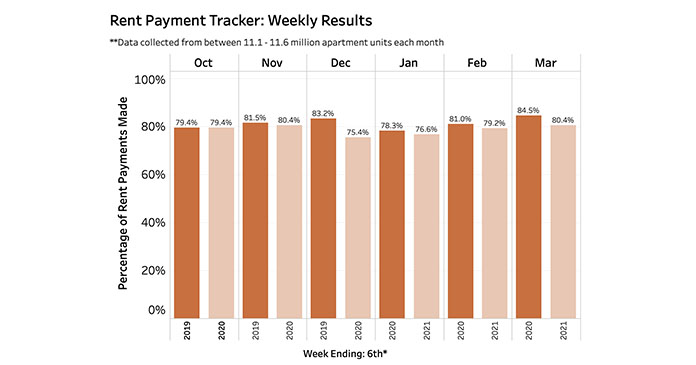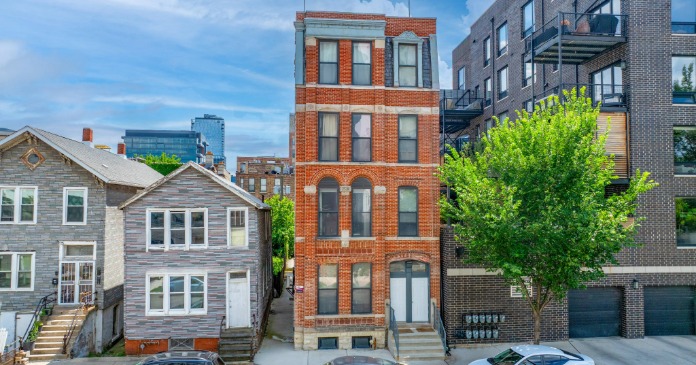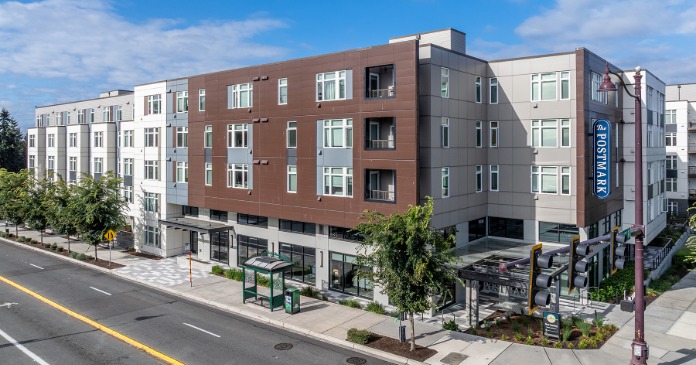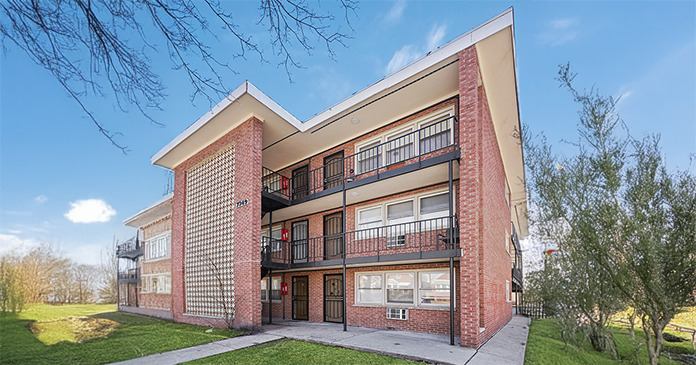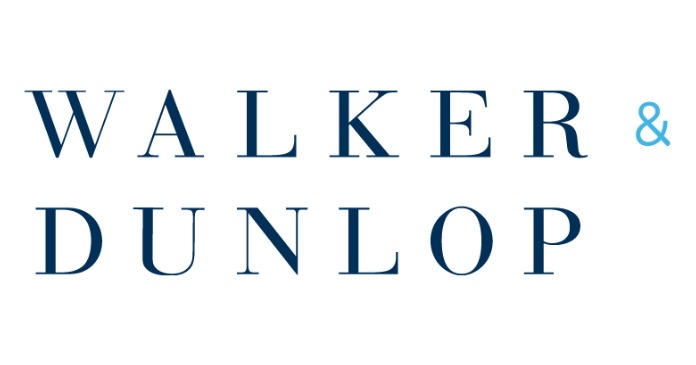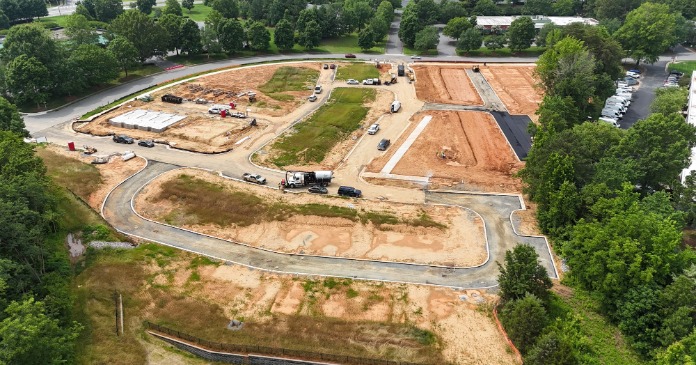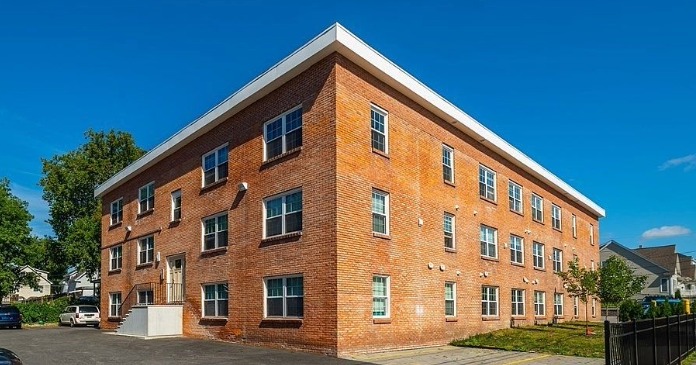The National Multifamily Housing Council (NMHC)’s Rent Payment Tracker found 80.4 percent of apartment households made a full or partial rent payment by March 6 in its survey of 11.6 million units of professionally managed apartment units across the country.
This is a 4.1 percentage point, or 474,942 household decrease from the share who paid rent through March 6, 2020 and compares to 79.2 percent that had paid by February 6, 2021. This data encompasses a wide variety of market-rate rental properties across the United States, which can vary by size, type and average rental price.
“On behalf of the multifamily industry, we are deeply appreciative of how leaders in Congress and the Biden administration worked with us to develop legislation that will deliver direct financial support to those facing distress due to the pandemic,” said Doug Bibby, NMHC President.
“The American Rescue plan includes $40 billion in essential housing and homelessness assistance, including $26 billion for rental assistance and $5 billion to assist people who are homeless. We are especially pleased that the bill includes NMHC-supported provisions that will assist the nation’s apartment residents and housing providers—including rental assistance, direct stimulus checks and expanded unemployment benefits. Taken together, along with the funds included in the stimulus package passed in late 2020, this represents a truly significant investment in the 40 million Americans who call an apartment home and the nation’s rental housing industry.”
“As we move forward and continue to face economic challenges due to the pandemic, it will be vital that these new funds are distributed as quickly and efficiently as possible.”
The NMHC Rent Payment Tracker metric provides insight into changes in resident rent payment behavior over the course of each month, and, as the dataset ages, between months. While the tracker is intended to serve as an indicator of resident financial challenges, it is also intended to track the recovery as well, including the effectiveness of government stimulus and subsidies.
However, noteworthy technical issues may make historical comparisons imprecise. For example, factors such as varying days of the week on which data are collected; individual companies’ differing payment collection policies; shelter-in-place orders’ effects on residents’ ability to deliver payments in person or by mail; the closure of leasing offices, which may delay operators’ payment processing; and other factors can affect how and when rent data is processed and recorded.
Find more information, including the methodology, on the NMHC Rent Payment Tracker here.


